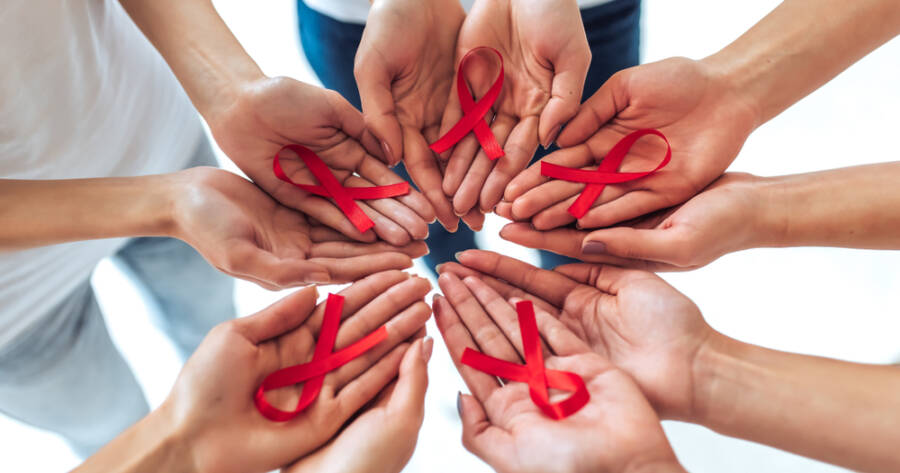Achieving an undetectable HIV status marks a pivotal milestone in modern HIV management, significantly reducing transmission risks while enhancing patient health outcomes. Central to this achievement is the consistent use of antiretroviral therapy (ART), which requires overcoming adherence barriers and maintaining routine monitoring. Beyond individual health, an undetectable status supports the U=U concept, empowering communities to diminish stigma. Explore strategies to optimize HIV management and improve the lives of those affected.
Understanding Undetectable HIV and Its Importance
An undetectable HIV status indicates that an individual has achieved a viral load so low that standard laboratory tests can no longer detect the virus. Achieving this status is a crucial step in managing HIV effectively, primarily because it significantly reduces the risk of transmission to uninfected partners while also enhancing the clinical outcomes for the person living with HIV. When antiretroviral therapy (ART) is adhered to consistently, the virus can be reduced to undetectable levels, which promotes a healthier immune system and prevents opportunistic infections.
The Role of Antiretroviral Therapy (ART)
Antiretroviral therapy is the cornerstone of achieving and maintaining an undetectable viral load. Starting ART early in the course of the disease and maintaining it diligently for a lifetime is recommended by health professionals worldwide to improve survival rates and lower the risk of AIDS-related complications. ART’s ability to restore immune function by boosting CD4 counts is critical, as it also works to curb the chance of transmission to others. High-genetic-barrier regimens such as dolutegravir or boosted darunavir are particularly effective for those struggling with adherence due to their reduced risk of resistance.
Addressing Barriers to Adherence
Staying committed to ART can be challenging due to numerous barriers, including psychosocial factors like housing instability, transportation issues, and stigma associated with HIV status disclosure. Addressing these barriers requires a multidisciplinary approach and supportive services such as counseling, case management, and socioeconomic support. By concentrating on patient-specific needs and providing tailored support, healthcare professionals can enhance adherence and, consequently, the overall health outcomes of people living with HIV.
The Impact of Routine Monitoring and Testing
Routine monitoring of viral load and CD4 counts is vital for assessing the effectiveness of ART and ensuring it remains undetectable. Regular testing allows healthcare providers to identify and address potential resistance issues or treatment failures promptly , thereby optimizing therapeutic regimens. Additionally, it plays a formative role in decision-making regarding opportunistic infection prophylaxis, which is necessary for maintaining immune health, especially when CD4 counts are low.
Benefits of an Undetectable Status Beyond Health
Reaching and sustaining an undetectable HIV status has implications that extend beyond personal health. Clinically, it lowers the risk of HIV transmission to sexual partners significantly, bolstering the idea of “Undetectable = Untransmittable” (U=U). This concept emphasizes that people with an undetectable viral load have effectively no risk of sexually transmitting HIV to others, which further reduces the psychological burden associated with the disease by alleviating fear and anxiety related to transmission.
Supportive Roles and Healthcare Initiatives
Family physicians and other healthcare providers play an instrumental role in managing HIV by offering continuous care and advocating for early diagnosis, ART initiation, and adherence strategies. They also engage in patient education on preventive practices, routine screenings for co-occurring conditions, and administering necessary immunizations. Collaborative healthcare models that integrate pharmacy, nursing, and social work resources ensure comprehensive care and reduce the barriers to maintaining an undetectable viral load by facilitating a supportive environment.
Why You Should Learn More About Managing HIV Today
The journey to achieving an undetectable HIV status is multidimensional, involving timely ART initiation, careful adherence management, and a robust support system addressing social determinants of health. By understanding these elements and integrating them into everyday care practices, individuals living with HIV can significantly improve their quality of life and long-term health outcomes. Additionally, learning more about the U=U concept can empower communities to reduce stigma and improve public health. Navigating the complexity of HIV management requires proactive planning and a comprehensive approach that involves education, healthcare provider collaboration, and individualized patient support.
